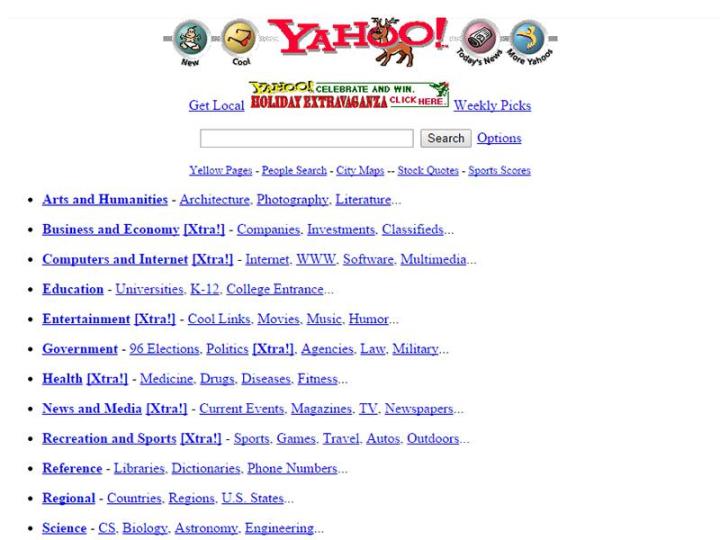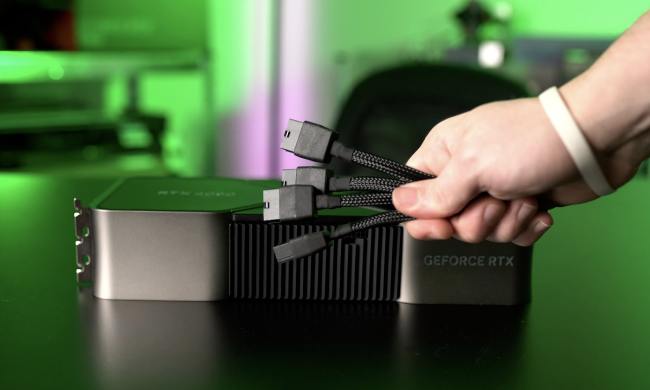
“Yahoo was started nearly 20 years ago as a directory of websites that helped users explore the Internet,” explains a blog posting put up by Yahoo yesterday. “While we are still committed to connecting users with the information they’re passionate about, our business has evolved and at the end of 2014 (December 31), we will retire the Yahoo Directory. Advertisers will be upgraded to a new service; more details to be communicated directly.”
Yahoo was started by Stanford University graduates Jerry Yang and David Filo in January 1994. The pair’s fledgling directory service was called Yet Another Hierarchical Officious Oracle, and thus Yahoo was born —being able to flick through a carefully compiled list of entertainment and news sites was seen as a much better option than the search engines of the day.
Of course the Internet soon exploded in size, and a Web directory service was no longer practical even before Google appeared on the scene in 1998. Old-time Internet users will still have fond memories of the original Yahoo, however, and today’s announcement marks another milestone in the evolution of the modern Web.
“At Yahoo, focus is an important part of accomplishing our mission: To make the world’s daily habits more entertaining and inspiring,” said Yahoo’s Jay Rossiter, SVP Cloud Platform Group. “To achieve this focus, we have sunset more than 60 products and services over the past two years, and redirected those resources toward products that our users care most about and are aligned with our vision. With even more smart, innovative Yahoos focused on our core products — search, communications, digital magazines, and video — we can deliver the best for our users.”
[Header image from 1996 courtesy of The Internet Archive]


